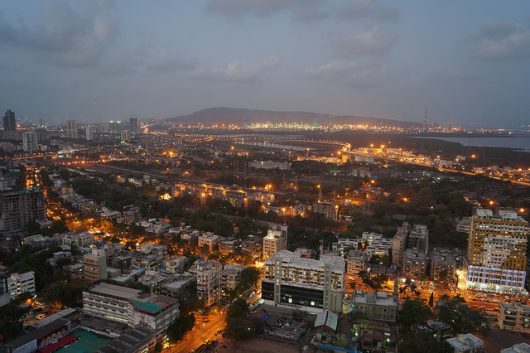
Polio, or poliomyelitis, is an infectious disease spread through poliovirus. Since the early twentieth century, polio has been widespread in many countries, causing paralysis in thousands of children every year. With the help of various nonprofit organizations and the Global Polio Eradication initiative, the disease is now narrowed down to a handful of nations.
In 2014, India was certified as a polio-free country, leaving Pakistan, Nigeria and Afghanistan on the list for polio eradication programs. India’s fight against polio is a remarkable achievement because of the various challenges the country faced. Nicole Deutsch, the head of polio operations for UNICEF in India, called it a “monumental milestone.”
Polio: Cause and Prevention
Poliovirus is highly contagious, infecting only humans and residing in the throat and intestine of the infected person. It spreads through feces and can contaminate food and water in unsanitary conditions.
The virus affects the brain and spinal cord of the infected person, causing paralysis which cannot be cured. Immunization through inactivated poliovirus vaccine and oral poliovirus vaccine are the only possible methods to fight against the virus. In the case of India, it was the second option which was administered.
India’s Fight Against Polio: the Challenges Faced
India’s fight against polio faced unique challenges, such as its huge population density and an increased birth rate. The number of people living in impoverished conditions with poor sanitation is huge, making them vulnerable to the polio disease.
Lack of education and prejudice among certain sects of the population also hindered the immunization process. Other challenges faced were the unstable healthcare system, which does not support people from all levels of society, and the geographically-dispersed inaccessible terrain, which made the immunization process difficult.
Overcoming these Challenges
Overcoming the challenges of polio eradication was possible due to the combined help provided by UNICEF, WHO, Rotary Club, the Indian government and millions of frontline workers. They took micro-planning strategies to address the challenges faced by the socially, economically, culturally and linguistically diverse country that is India.
India began its oral polio vaccine program in 1978 but it did not gain momentum until 1994, when the local government of New Delhi successfully conducted a mass immunization program for children in the region. From the year 1995, the government of India began organizing National Immunization Day, and in 1997, the first National Polio Surveillance Project was established.
Other initiatives taken include:
- Involving almost 7,000 trained community mobilizers who went door-to-door, educating people in highly resistant regions.
- Engaging 2.3 million vaccine administrators who immunized almost 172 million children.
- The government running advertisements on print media, television and radio.
- Enlisting famous Bollywood and sports celebrities to create awareness among common people.
- Involving religious and community leaders in encouraging parents to vaccinate their children.
Inspiration for Other Countries
In 2009, almost 741 polio cases were reported in India, which dropped down to 42 in 2010, until the last case was reported in 2011 in the eastern state of West Bengal. This unprecedented success is an inspiration for countries like Pakistan, Afghanistan and Nigeria, where the disease is still looming at large.
India’s fight against polio has set an example in the world that the country can be proud of, but the fight is not over yet. Although India has been declared polio-free by the WHO, it is of the utmost importance that the nation continue to assist other nations still facing the polio epidemic.
– Mahua Mitra
Photo: Flickr

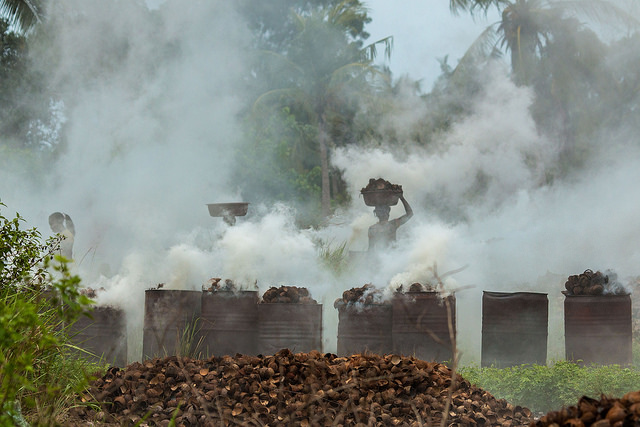 A large number of the issues regarding sanitation and water quality in
A large number of the issues regarding sanitation and water quality in 
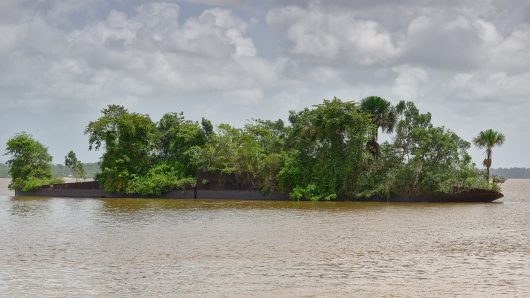
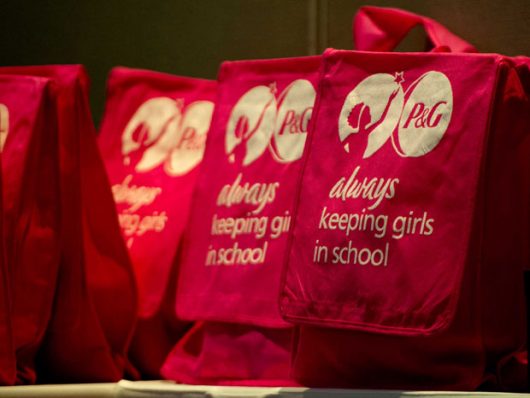 Despite the fact that menstruation is an experience shared by all women around the world, many parts of the world continue to stigmatize it and treat it as a taboo topic. Many cultures have even perpetuated destructive beliefs about menstruation, leading to a serious erosion in the availability of knowledge about menstrual health. These taboos are particularly pervasive in developing countries and have negatively affected women’s lives.
Despite the fact that menstruation is an experience shared by all women around the world, many parts of the world continue to stigmatize it and treat it as a taboo topic. Many cultures have even perpetuated destructive beliefs about menstruation, leading to a serious erosion in the availability of knowledge about menstrual health. These taboos are particularly pervasive in developing countries and have negatively affected women’s lives.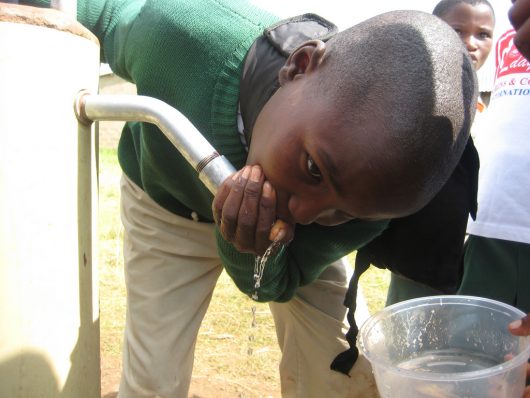
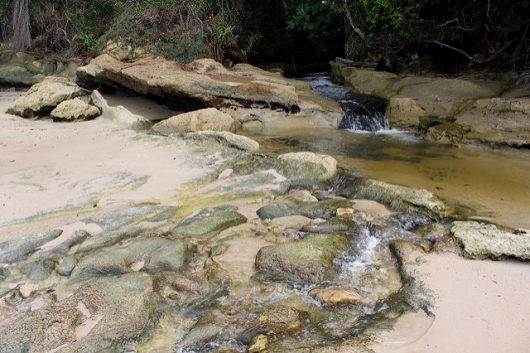 Water quality in
Water quality in 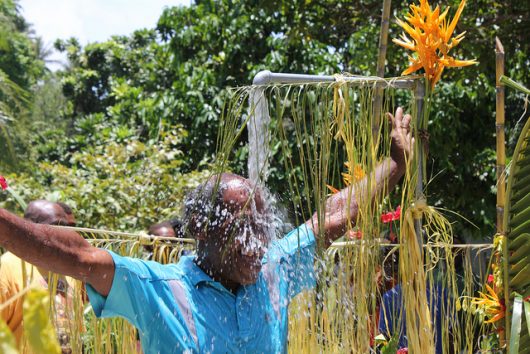 Nearly 70 percent of the population of the Solomon Islands lacks access to clean water and proper sanitation facilities. This archipelago comprises almost a thousand islands in the South Pacific Ocean and only has a population of 583,600.
Nearly 70 percent of the population of the Solomon Islands lacks access to clean water and proper sanitation facilities. This archipelago comprises almost a thousand islands in the South Pacific Ocean and only has a population of 583,600.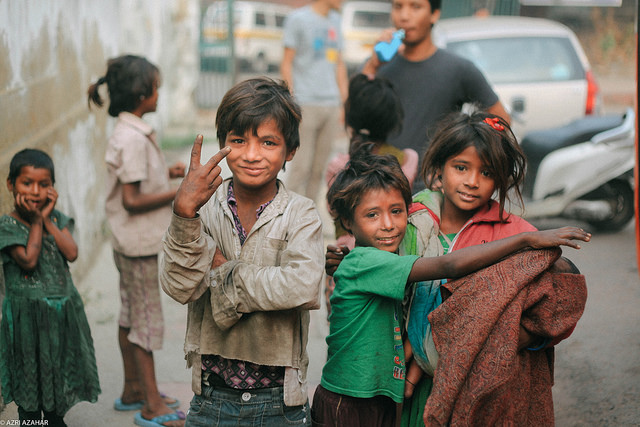
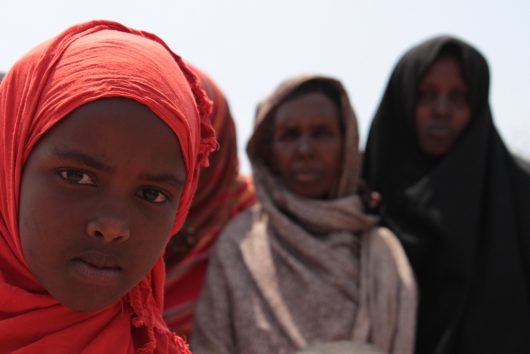 Addressing issues that concern poverty and the environment are not mutually exclusive, since they both are pervasive human issues with distinctive causes and any number of solutions. Here are just a few ways helping the world’s poor helps our environment.
Addressing issues that concern poverty and the environment are not mutually exclusive, since they both are pervasive human issues with distinctive causes and any number of solutions. Here are just a few ways helping the world’s poor helps our environment.